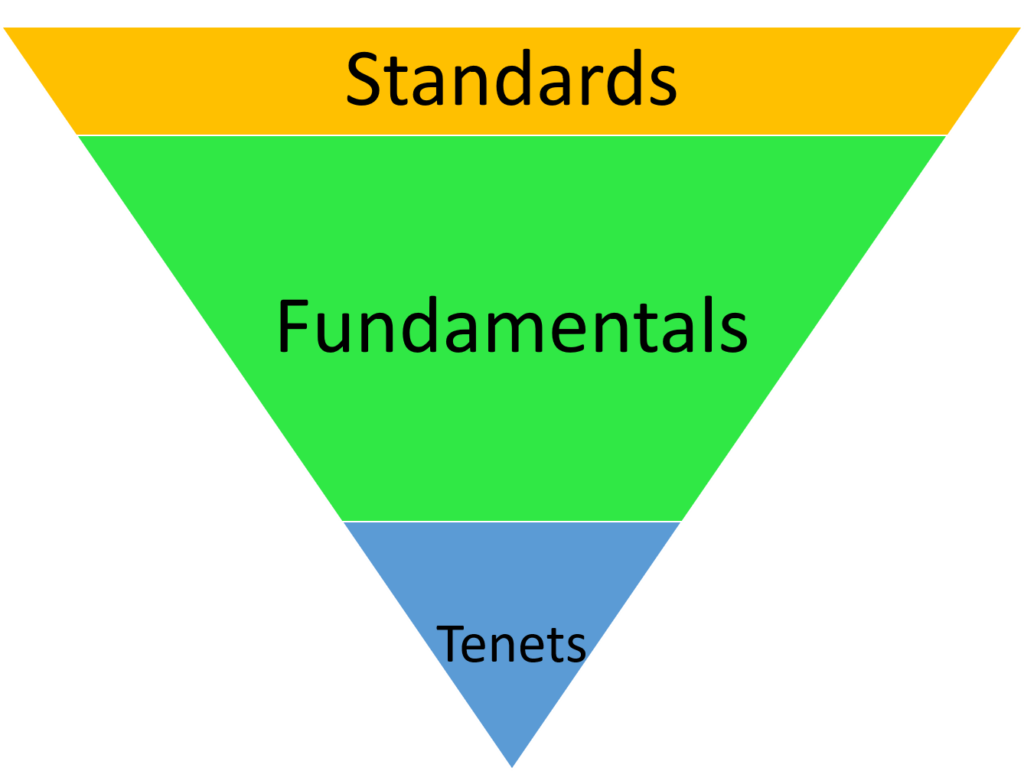Churning refers to agitating. It is commonly used with the dairy industry to refer to the process of turning liquid cream into butter. The churning process breaks down the fat membranes allowing the fats to join together. In effect, churning means to work the liquid into a solid. With investing, churning has two different connotations. The first is the more common negative connection to brokers getting their clients to buy and sell frequently in order to increase overall commissions for the brokerage. The positive connotation is rarely used and it refers to working one’s portfolio of investments to maximize overall return. That is what this lesson is about. How does a value investor work their portfolio to maximize overall portfolio return?
The ideal method to maximize return is buying low and selling high at the right time with investments that have quick recovery time frames. Ideally, all the cash proceeds from a sale should be immediately reinvested into new opportunities. Often, this is not the case. When the respective markets such as the DOW, S&P 500 or the S&P Composite 1500 experience highs, it is difficult to find good quality investments at low prices. This is further hampered when a value investment fund has limited options. In order to provide ample opportunities for reinvestment of cash, value investment funds require at least five pools of industries and a minimum of 40 stocks. The ideal fund will have around eight pools of potential investments with no less than 60 potential securities.






